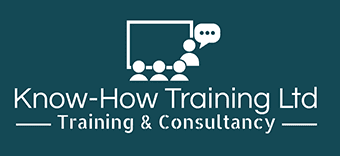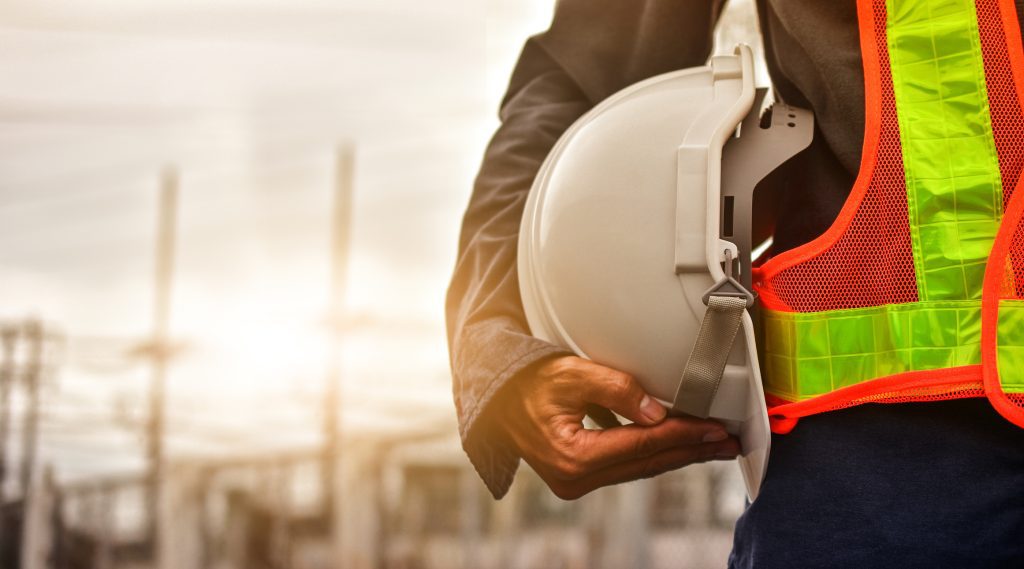Construction is among the most important industries globally and one of the most hazardous due to the presence of safety and health risks. These risks are posed by machinery, chemicals, physical work, and more.
The industry ranks second in work-related mortality, followed by the agriculture, fishery, and forestry industries. Although the risks are often high when working in the construction industry, you can mitigate the dangers via good training and procedure checklists.
Here’s a look at some of the most prevalent safety and health risks on a building site:
Falls
This kind of accident occurs for about 1/3 of all construction sites each year. Shaky work areas usually trigger accidents, the mishandling or inability to deploy safety gear, and the improper use of ladders.
Many of these accidents can be avoided as long as safety regulations are followed. Construction sites need to be strict about the use of high-risk gear. Personnel must have access to the appropriate PPE (Personal Protective Equipment).
Getting hit by something hard
Equipment, cranes, loaders, and other big materials found on a construction site can be hazardous if not managed properly. It’s critical to make workers aware of site safety standards that outline obvious transportation systems.
They also need to know how to prevent these paths. Managers must verify all crane and loader systems before use. Everybody involved in the site must ensure that manufacturers’ specifications for total load and load are followed.
Furthermore, in cases when there is a risk of falling debris, the use of headgear like hard hats needs to be followed. It can assist labourers in escaping a potentially disastrous circumstance, reducing the risks to health on the job site.
Ladders
Every year, accidents on stairwells and ladders cause deaths and injuries among construction personnel. Ladder accidents can be avoided by utilizing the proper size of ladders for the tasks at hand.
Workers must also ensure that they don’t overload the ladders beyond the manufacturer’s recommended limit. Another important safety precaution is to have the ladders evaluated by a qualified person for flaws like structural deterioration or broken safety mechanisms.
Some of the most common causes of accidents in ladders include hazardous objects, garbage, and other materials, which can be avoided by keeping the stairwell free and using tread coverings.
Electrical risks
Personnel can aid in the prevention of electrical mishaps by detecting and identifying services such as transmission lines and keeping a reasonable distance from those.
To avoid accidents, workers should only use transportable devices, and they should not run portable equipment unless they have been connected or double-insulated. Building employees properly taught about electrical dangers can avoid several incidents due to this cause.
Hazardous substances
Aside from physical hazards like hammers and large gear commonly used on building sites, workers are also at risk of getting exposed to dangerous elements like harmful airborne pollutants and spillages. Workers should be given safety data sheets for every perilous material on the job site and, if needed, wear personal protective equipment (PPE).
Conclusion
Construction workers could prevent many industry-related accidents and injuries with proper training and adherence to workplace safety procedures. Although it is difficult to remove health and safety concerns in the construction sector completely, workers can reduce the risks by adhering to safety regulations all the time.
Workers must go through proper training about reducing health and safety risks on building sites. This is what we’re here for. We at the Know-How Training & Consultancy Limited can provide the proper training for construction workers and equip them with knowledge about safety procedures on the worksite. You can browse our website to find out more. Call us at 0151 933 0905 or shoot us a message at Info@knowhow-training.co.uk.


